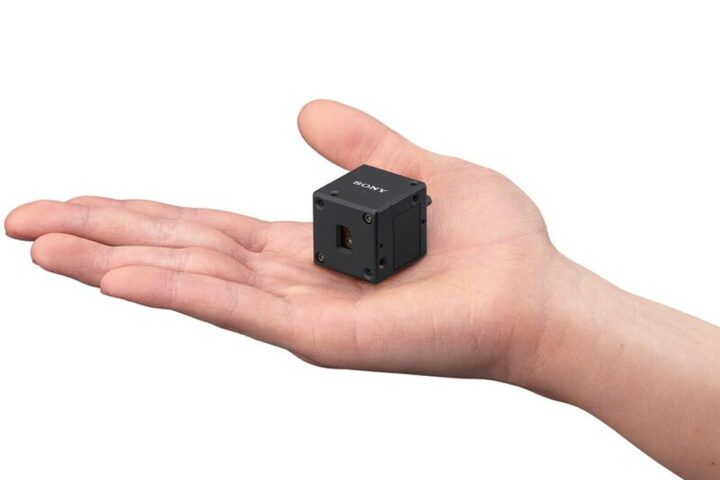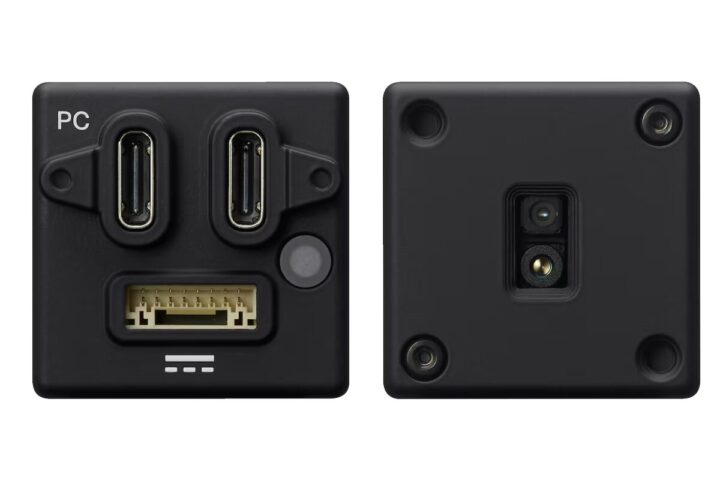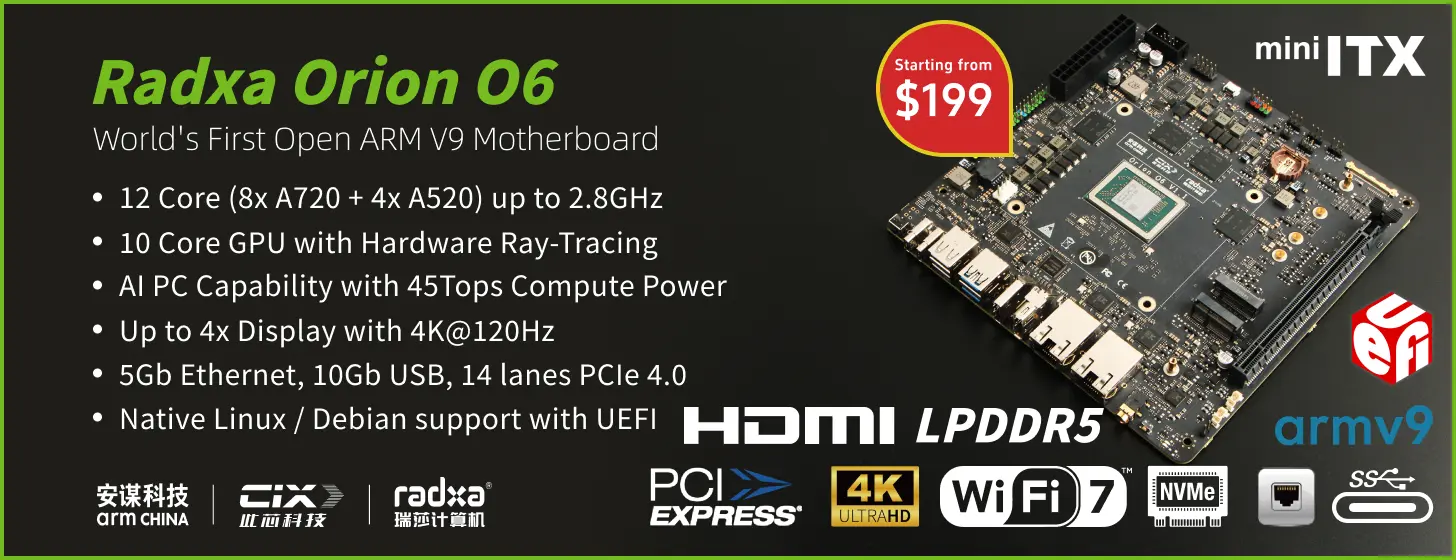Sony AS-DT1 is a tiny and precise LiDAR depth sensor, which the company claims is the world’s smallest at just 31 x 29 x 29mm and the world’s lightest at 50 grams compared to other solutions with a range of 10 meters or more. It is designed for applications such as drones for inspections and surveys, autonomous mobile robots, food service robots, and warehouse automation.
The LiDAR module uses Direct Time of Flight (dToF) LiDAR technology with a Single Photon Avalanche Diode (SPAD) sensor to deliver fast, accurate three-dimensional distance measurements both indoors and outdoors. According to the company, the sensor can measure a range of up to 40 meters indoors and 20 meters outdoors, even in bright light, with ±0.2-inch (+/-0.5mm) accuracy at 10 meters, and a distance resolution of 0.98 inches (2.5cm). Featuring a rugged yet lightweight aluminum alloy housing, two USB-C ports, and connectors for external power, UART, and trigger interfaces, it supports a 30° or wider horizontal field of view (HFoV), a 30 fps frame rate (15 fps at maximum range), and outputs 576 ranging points (24×24 grid).
Sony AS-DT1 specifications:
- Sensor type – Single-Photon Avalanche Diode (SPAD)
- Laser wavelength – 940 nm
- Ranging method – Direct Time-of-Flight (dToF) LiDAR
- Measurement range
- Indoor – up to 40 m (131 ft)
- Outdoor – up to 20 m (65.6 ft)
- Distance Accuracy – ±5 mm at 10m, indoors and outdoors
- Field of View (FoV) – 30° or more
- Resolution – 2 cm
- Frame Rate – Up to 30 Hz
- Reflectivity – Supports low-reflectivity surfaces (as low as 10%)
- Ambient Light Resistance – Up to 100 KLx (KiloLux), equivalent to sunlight
- USB – 2x USB Type-C ports
- Serial – UART (3.3V logic level)
- Misc – Trigger input
- Power
- Operating Voltage – 5V via external power connector
- Power Consumption – Approx. 350 mW
- Dimensions – 31 x 29 x 29 mm
- Operating temperature – -20°C to +60°C
- Protection – IP65-rated enclosure (dust-tight, water-resistant)
Sony explains that the AS-DT1 LiDAR depth sensor relies on dToF (direct Time of Flight) technology as opposed to a standard ToF (Time of Flight) sensor. The main difference between the two is that a ToF sensor measures the time it takes for a light pulse (like a laser) to travel to an object and back. This gives the distance to the object. However, a dToF sensor measures the time taken by individual photons (light particles) to travel to the target and return; this gives much more precise, long-range, and low-noise measurements, even under tough conditions like outdoors or with low-reflectivity surfaces.
The company has not provided any information about software and tools, and they also mention that specifications like dimensions, measurements are subject to change without notice for improvement range can change in the final version.
Previously, we have written about the STMicro VL53L9 sensor, a high-resolution, direct Time-of-Flight 3D LiDAR sensor module, but the VL53L9 is just a sensor with limited range (up to 10m), while the AS-DT1 is a complete LiDAR module that you can connect to your PC or SBC and with a range of up to 40 meters.
The company also didn’t provide any pricing information about this tiny industrial LiDAR sensor, but more information can be found on the company’s products page.
Debashis Das is a technical content writer and embedded engineer with over five years of experience in the industry. With expertise in Embedded C, PCB Design, and SEO optimization, he effectively blends difficult technical topics with clear communication
Support CNX Software! Donate via cryptocurrencies, become a Patron on Patreon, or purchase goods on Amazon or Aliexpress. We also use affiliate links in articles to earn commissions if you make a purchase after clicking on those links.








“The company also didn’t provide any pricing information” … Grrrr
So: 10 USD? 100 USD? What do we think?
Based on what’s available on AliExpress, I’d guess in the $100 range.
If it is 0.2 inch this is 5mm not 0.5mm. The bullet list is correct. In the text before the conversion is not correct.